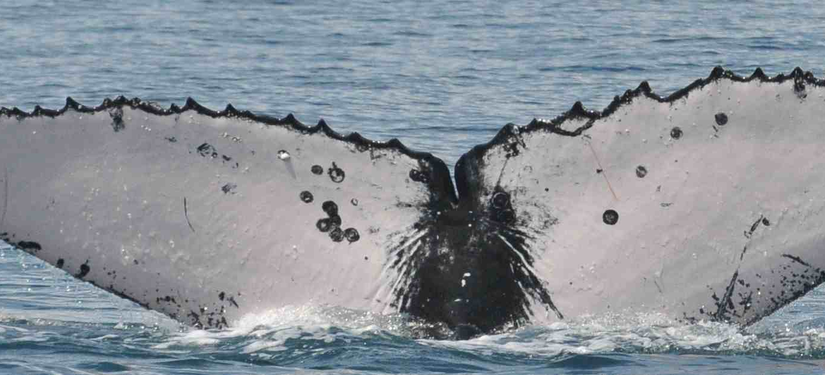by Danielle McAree
6 November 2018
Our research project is centered around the acoustic behavior of male humpback whales (Megaptera novaeangliae), particularly the Southern Pacific humpback whales whose main breeding grounds lie off the coast of Panama. We are investigating the whales’ singing behavior over the course of the day in addition to seasonal patterns, as these whales tend to migrate out of the area starting in late November. We are also focused on the effects of noise pollution on these animals, and are investigating whether differing levels of boat activity impact how and when the whales sing. We are using passive acoustic monitoring data that were recorded by Dr. Laura May-Collado and her colleagues from three sites off the Pacific coast of Panama: Islas Secas, Coiba National Park, and Archipelago Islas Perlas.
At this point, we have finished processing the data files for Islas Secas (one month of recordings) and Coiba National Park (about six months of recordings!), and have started analyzing these recordings in ARBIMON. We are generating a presence-absence matrix in Excel, marking for each recording whether we see (or hear) whales and/or boats, as well as dolphins and fish. Though this process is relatively simple, it is not as easy as I thought it would be. The ocean is a noisy place, and this means that distinguishing one sound from another can get a little complicated. One sound might look like a whale song in Arbimon’s visualizer, but when you listen to it, it might just be a fish or some background noise. This has made the process a little more time-consuming, but it all pays off when I find a whale song or other interesting sounds in a recording. I think this research is very exciting, and it’s fascinating to hear the
